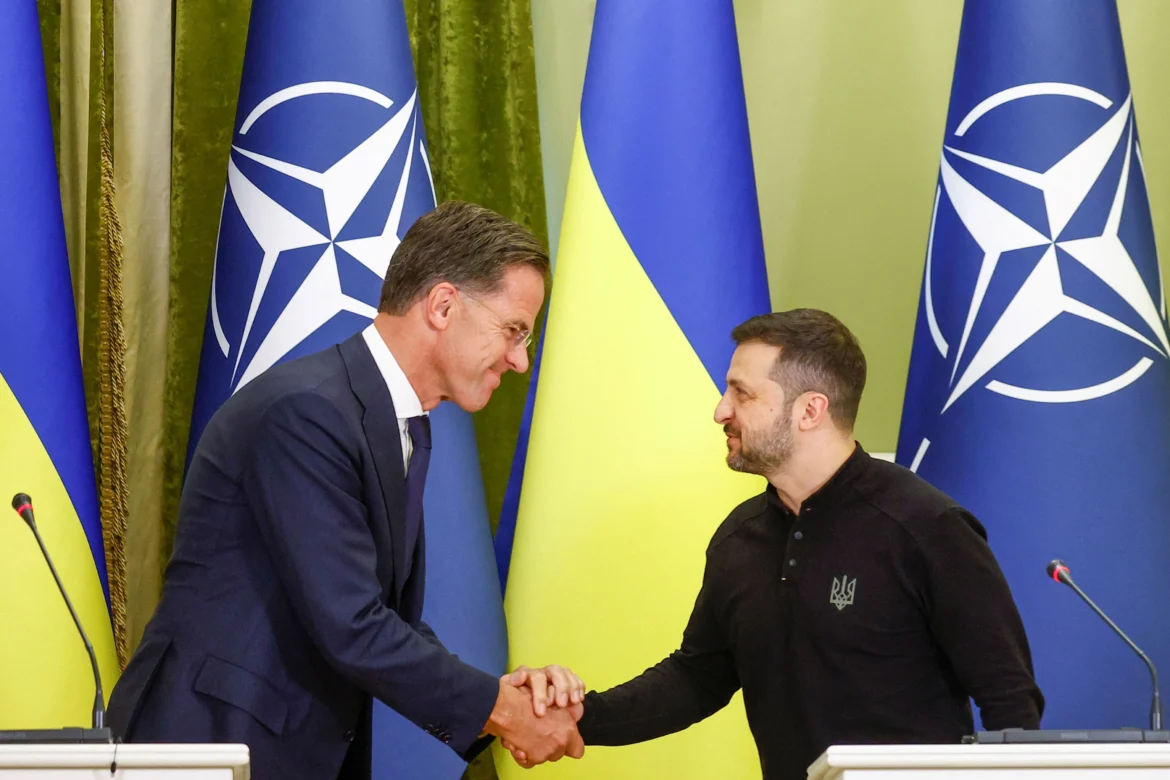On August 8, 2025, Poland’s Prime Minister Donald Tusk stated that the war between Ukraine and Russia could soon enter a “frozen” state—suggesting an informal halt in fighting. This came after his meeting with President Zelenskyy, as attention shifts toward diplomatic resolutions.
Tusk’s remarks coincide with the expiration of President Trump’s deadline for a Russian withdrawal. Meanwhile, global leaders like Belarus’s Lukashenko and China’s Xi are reportedly being consulted, with plans for a potential Trump–Putin summit in motion.
Germany also paused arms exports to Israel over its Gaza strategy.
The convergence of diplomacy, sanctions, and international pressure may be steering conflict dynamics toward de-escalation. A “frozen conflict” could freeze lines on the ground, but such an arrangement still worries Ukrainian leadership given Russia’s hybrid tactics.
Plans for the UN Security Council to meet reflect growing urgency for a durable peace process.
If implemented, a pause could create space for talks, aid delivery, and humanitarian access. However, without guarantees, there’s risk of simmering violence resuming.
Diplomatic efforts now pivot on translating ceasefire signals into binding agreements—with global attention on whether future summits will follow through.


